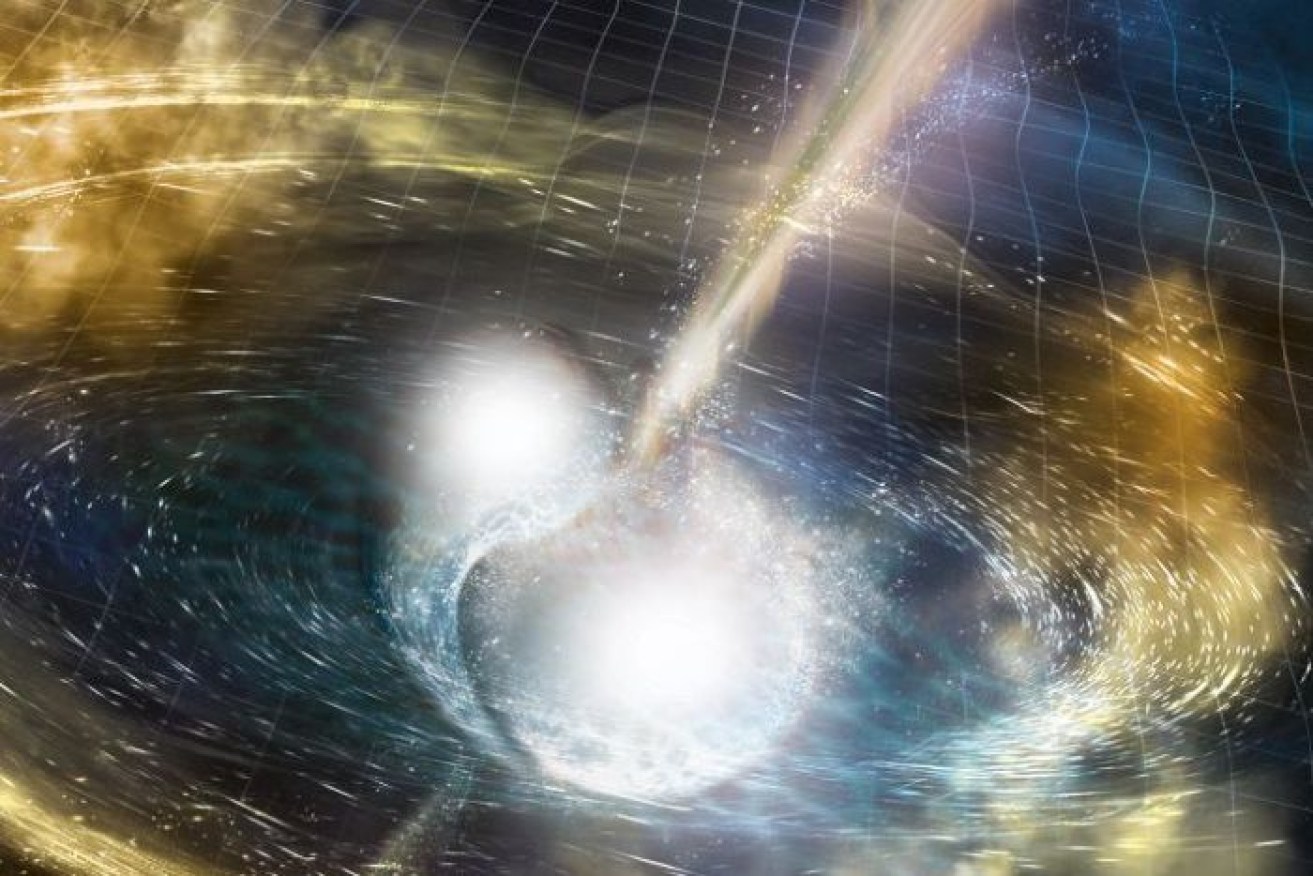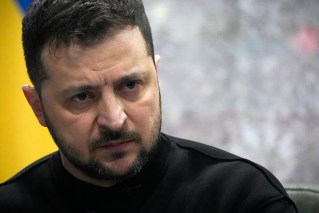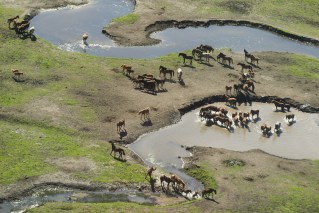World-first detection of cataclysmic star collision


The spectacular event could change the face of astronomy. Photo: National Science Foundation
For the first time, experts have measured the explosive collision of two stars via the detection of gravitational waves.
The groundbreaking discovery, made by researchers with the Laser Interferometer Gravitational-wave Observatory (LIGO)-Virgo collaboration that includes Australian scientists, comes less than a month after the discovery of gravitational waves was awarded the 2017 Nobel Prize for Physics.
Professor Matthew Bailes, director of the ARC Centre of Excellence for Gravitational Wave Discovery, said “the subsequent avalanche of science was virtually unparalleled in modern astrophysics”.
“This was the first time that any cosmic event was observed through both light it emitted and the gravitational ripples it caused in the fabric of space-time,” Professor Bailes said.
Scientists confirmed that these ripples in space-time were caused by the explosion of a pair of dense neutron stars merging in a galaxy called NGC 4993, which is around 130 million light years away.
A number of studies published on the event also suggest that neutron star collisions are a major source of gold and other precious metals that are heavier than iron.
“Witnessing this event makes that more likely,” OzGrav scientist Dr Kendall Ackley from Monash University said.
“It feels like we’re now in a scientific ‘gold rush’.”
What the collision may have looked like (source: ABC)
LIGO detected the gravitational waves from this cosmic collision, as well as the subsequent gamma-ray burst that lasted for just 1.7 seconds, on August 17.
This burst was within the LIGO error region, which allowed the collaborators to narrow the field of potential candidate host galaxies where the collision occurred down to 49.
The first follow-up detection was optical – that is, scientists were able to actually observe the distant explosion – and was made about 11 hours after the event occurred by a number of groups worldwide.
Dr Eric Howell and his team at the University of Western Australia used the Zadko telescope to gather crucial information about the resultant fireball, such as colours and brightness, as it eventually cooled and faded.
“We had not expected to detect such an event so close; as a result it was very loud,” Dr Howell said.
“To be accompanied by a gamma-ray burst was incredible. The association between this type of short duration gamma-ray burst and neutron star collisions had been predicted for around 30 years. It is now confirmed.”
Meanwhile, researchers in Sydney, led by Associate Professor Tara Murphy from the University of Sydney’s Centre of Excellence for All-Sky Astrophysics (CAASTRO), were the first in the world to confirm the radio emission using the CSIRO’s Australia Telescope Compact Array (ATCA).
Dr Murphy explained they jumped into action after receiving an alert from their US counterparts about the detection of the gravitational wave.
“We immediately rang our team in Australia and told them to get onto the CSIRO telescope as soon as possible, then started planning our observations,” she said.
“We were lucky in a sense that it was perfect timing but you have to be at the top of your game to play in this space.”
The University of Sydney team continued to monitor the galaxy NGC 4993 with ATCA for the expected radio wave following the event, which was detected on September 5.
“It is intense, time-critical science,” Dr Murphy said.
Albert Einstein first predicted gravitational waves over a century ago in his famous Theory of General Relativity.
Einstein’s theory hypothesised that gravity from massive accelerating objects orbiting each other, such as black holes and neutron stars, could distort the fabric of space-time and emit a type of radiation called gravitational waves.
In 2015, LIGO detected these ripples in space-time from the collision of two black holes around 1.3 billion years ago. The three US scientists who led the way in discovering gravitational waves were award the 2017 Nobel Prize for Physics.








